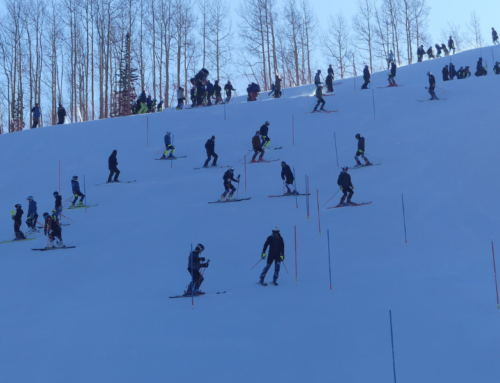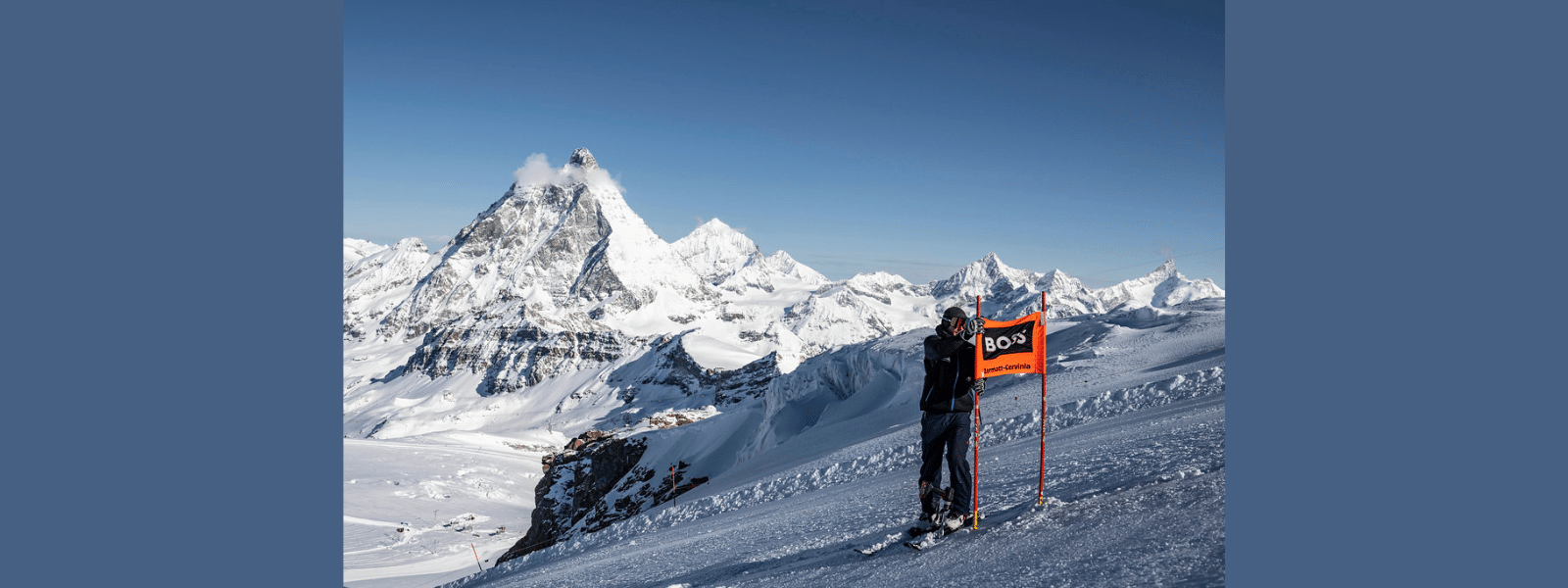Is an academy right for you? We explore the pros and cons and dispense with some myths
Is an academy right for you? We explore the pros and cons and dispense with some myths{mosimage}Making the decision to send your child to a ski racing academy is no easy matter. But if you happen have a talented and motivated youngster in your household, and the facilities at your local program are lacking or academic support is difficult to muster, maybe it’s time to consider a ski racing academy. Taking the plunge may seem a daunting process. There are so many choices, but remember, options are good. It may take a little legwork to pare down the candidates, but you’ll soon start to see dramatic differences between programs, and after a visit or two, your choice will become clear.
To start the sorting process, one must differentiate between the three major types of institutions listed on the following pages: traditional private schools with a ski racing component, full-academic-year ski racing academies and winter-term tutorial ski racing academies. Schools such as Holderness, New Hampton and Gould Academy fall into the first category — traditional private schools. They offer terrific athletic programs, including ski racing and other snowsports, but only a fraction of the student body will be bringing a racing suit to campus.
The full-year ski racing academies, such as Burke, Green Mountain Valley School, Stratton, Sugar Bowl and Rowmark are all about competitive snowsports. They offer world-class alpine ski racing programs, and some also boast quality snowboard, freestyle, nordic and, more recently, freeride programs. And while they offer solid academic and diverse athletic programs, the students are there to maximize their snowsport potential. Finally, there are the winter-term tutorial programs, such as Killington, Okemo, Mt. Mansfield and Waterville Valley. Students come to these programs in November or December and are tutored, using their home-school curriculum, while they pursue intensive competitive snowsport programs.
In assessing the age old question, to go or not to go, consider the cases of two young eastern racers, Lilly McNealus and Laurel Carter. McNealus, a first-year II from Woodstock, Vermont, chose to stay in public high school and ski out of her home ski area of Suicide Six, while Carter, a second year II from Norwich, Vermont, opted to go to Burke Mountain Academy. Both compiled outstanding records during their J III racing years, both are outstanding students, and both are satisfied with their decisions.
“It would be weird to leave the program I grew up with,” says McNealus, a sophomore at Woodstock High School. “I also like having my dad as a coach.” McNealus still gets in plenty of skiing and training, having arranged an early release time from high school three days a week. And she also enjoys the camaraderie of competing on the high school ski team, where she is captain of the defending state champions. Bottom line: “I can ski as well as I’m capable of right here at home,” says McNealus.
Laurel Carter, now a junior, was following in the footsteps of her father and two older sisters at the elite bastion of private school education, Milton Academy, located just outside of Boston. But Carter was feeling a different calling. “I knew I wanted to ski more,” says Carter. “It took me awhile to decide. It was a huge change — new people and new friends, I knew it would be physically challenging, and leaving the family history at Milton was difficult.” But the hardest part came in convincing her parents that Burke could deliver an education on a par with Milton. “I knew that I hated school where I was, and I’d get so much more out of a place where I wanted to be,” reasons Carter. The outcome has been good grades, better results in ski racing and a very happy child.
For those considering an academy, Kirk Dwyer, headmaster of Burke Mountain Academy, advises parents and racers to give their home situation an honest evaluation. “Parents should ask if their programs at home offer quality training, academic support and a critical mass of competition in training,” Dwyer suggests. “There are a few club programs out there that do an excellent job, but it’s hard to match the resources of the academies.”
Andy Biederman, headmaster of the four-year-old Sugar Bowl Academy in California is more direct. “Yes, parents should consider ski academies. They’re a great investment in a child’s future both academically and athletically. It’s a great way to grow up,” says Biederman.
Once the decision is made, there is the matter of selecting the academy that best fits the needs of the student. Most coaches and athletes now acknowledge that all USSA national divisions offer strong junior racing competition. As for evaluating the academic, athletic and social components of a school, take a look at the record: College acceptances certainly will reflect academic rigor; numbers represented at major competitive events are an indication of the quality of athletes; and a look at the diversity of programs outside of competition may offer a window into social life.
But most importantly, make a visit. Look for achievement, keep an eye out for passion and count smiling faces.
Editor’s note: Bill McCollom, a senior contributing editor at Ski Racing, was headmaster of the Killington Mountain School from 1987 to 1998.





















